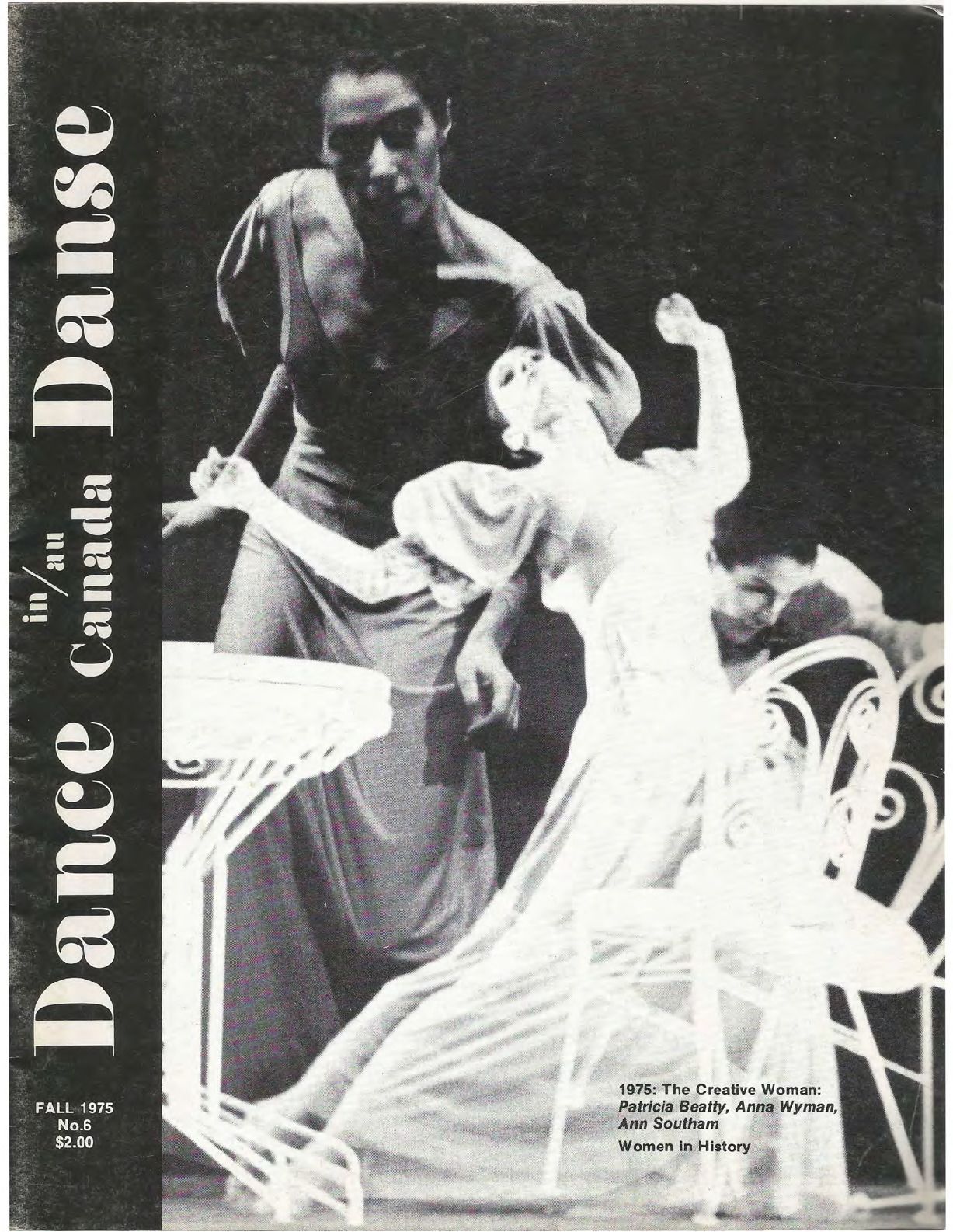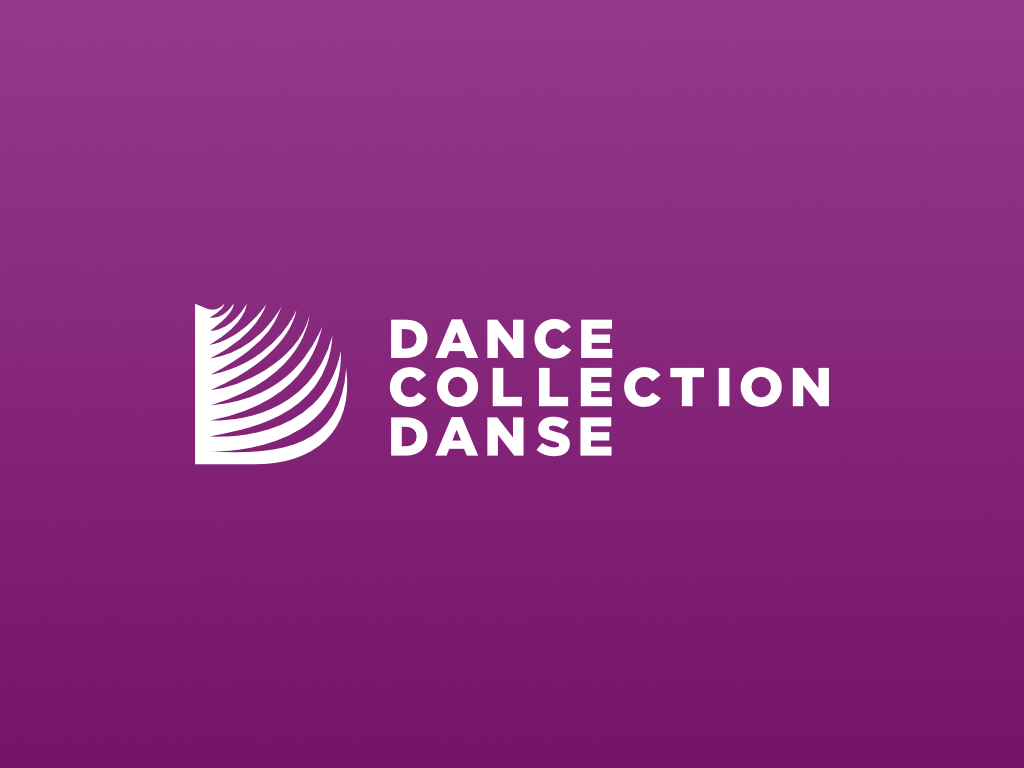Dance in Canada Magazine Number 6, Fall 1975
Added 29th Apr 2021 by Beth Dobson (Archives and Programming Assistant, DCD) / Last update 18th Feb 2022
The description of this Item
Contains the following articles:
- Editorial by Susan Cohen
- We Are Magicians by Anna Blewcamp
- In Search of Women in Dance History by Selma Landen Odom
- Profile: Ann Southam by Ulle Colgrass
- Anna Wyman: Not for the Uncommitted by Elizabeth Zimmer
- Review by Penelope Doob
- Noticeboard
The collections that this item appears in.
Tag descriptions added by humans
Choreography
British Columbia
Ballet
Collaboration
Susan Cohen
Anna Wyman Dance Theatre
Toronto Dance Theatre
Modern Dance
Brian Macdonald
Celia Franca
Les Grands Ballets Canadiens
Patricia Beatty
Ballet Ys
Ann Ditchburn
Ann Southam
Anna Blewchamp
Anna Wyman
Elaine Bowman
Elizabeth Zimmer
Henriette Hendel
Jehan Tabourot
Jennifer Muller
Judith Marcuse
Margo Sappington
Marie Saile
Mile de la Fontaine
Penelope Doob
Sam Dolin
Selma Landen Odom
Ulle Colgrass
Ursula Hanes
Virginia Woolf
Entre-Six
The Royal Winnipeg Ballet
Against Sleep
An American Beauty Rose
baby
Dance is... This... And This
Encounter
Here at the Eye of the Hurricane
Juice
Klee Wyck: A Ballet for Emily
Number One
Reprieve
Rodeo
Strangers
Study for a Song in the Distance
Undercurrents
Composing
Dance History
Feminism
Music
Sexism
Women
Description of the objects in this Item
01/10/1975
Magazine
Dance in Canada Magazine Number 6, Fall 1975
Dance Collection Danse
DCD's accession number for this Item. It is the unique identifier.
Auto-generated content
Tag descriptions added automatically
Auto-generated identification of objects in this Item
An autogenerated description of this Item
Auto-generated number of faces in the Item

